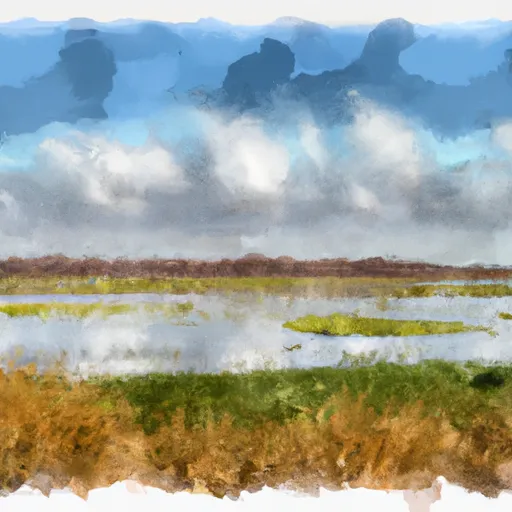Anderson Lake Fish And Wildlife Area
Rate this placeLast Updated: December 26, 2025
Anderson Lake Fish and Wildlife Area is a popular destination in Michigan for outdoor enthusiasts and nature lovers.
°F
°F
mph
Wind
%
Humidity
Summary
The area is home to a diverse range of wildlife, making it an ideal spot for birdwatching and wildlife photography.
Some of the main reasons to visit Anderson Lake Fish and Wildlife Area include the beautiful scenery, the opportunity to see wildlife up close, and the many recreational activities available. Visitors can explore the area on foot, by bike, or by boat, and fishing is a popular pastime in the lake.
One of the main points of interest in the area is the Anderson Lake Dam, which was built in the 1930s and is an important part of the local ecosystem. The area is also home to several hiking trails, picnic areas, and camping sites, making it an ideal spot for a family vacation or weekend getaway.
Interesting facts about Anderson Lake Fish and Wildlife Area include that it is home to a variety of rare and endangered species, including the eastern massasauga rattlesnake and the spotted turtle. The area is also an important breeding ground for waterfowl and other birds.
The best time of year to visit Anderson Lake Fish and Wildlife Area depends on what activities you are interested in. Spring and fall are the best times for birdwatching and fishing, while summer is a great time for hiking and camping. Winter activities include ice fishing and snowshoeing.
Overall, Anderson Lake Fish and Wildlife Area is a beautiful and diverse destination in Michigan that offers something for everyone. Whether you are interested in hiking, fishing, birdwatching, or just enjoying the great outdoors, this area is definitely worth a visit.
Weather Forecast
Park & Land Designation Reference
Large protected natural areas managed by the federal government to preserve significant landscapes, ecosystems, and cultural resources; recreation is allowed but conservation is the priority.
State Park
Public natural or recreational areas managed by a state government, typically smaller than national parks and focused on regional natural features, recreation, and education.
Local Park
Community-level parks managed by cities or counties, emphasizing recreation, playgrounds, sports, and green space close to populated areas.
Wilderness Area
The highest level of land protection in the U.S.; designated areas where nature is left essentially untouched, with no roads, structures, or motorized access permitted.
National Recreation Area
Areas set aside primarily for outdoor recreation (boating, hiking, fishing), often around reservoirs, rivers, or scenic landscapes; may allow more development.
National Conservation Area (BLM)
BLM-managed areas with special ecological, cultural, or scientific value; more protection than typical BLM land but less strict than Wilderness Areas.
State Forest
State-managed forests focused on habitat, watershed, recreation, and sustainable timber harvest.
National Forest
Federally managed lands focused on multiple use—recreation, wildlife habitat, watershed protection, and resource extraction (like timber)—unlike the stricter protections of national parks.
Wilderness
A protected area set aside to conserve specific resources—such as wildlife, habitats, or scientific features—with regulations varying widely depending on the managing agency and purpose.
Bureau of Land Management (BLM) Land
Vast federal lands managed for mixed use—recreation, grazing, mining, conservation—with fewer restrictions than national parks or forests.
Related References

 Matanzas Prairie Nature Preserve
Matanzas Prairie Nature Preserve
 Sand Prairie-Scrub Oak Nature Preserve
Sand Prairie-Scrub Oak Nature Preserve
 Long Branch Sand Prairie Nature Preserve
Long Branch Sand Prairie Nature Preserve
 Emiquon National Wildlife Refuge
Emiquon National Wildlife Refuge
 Rockwell Park
Rockwell Park